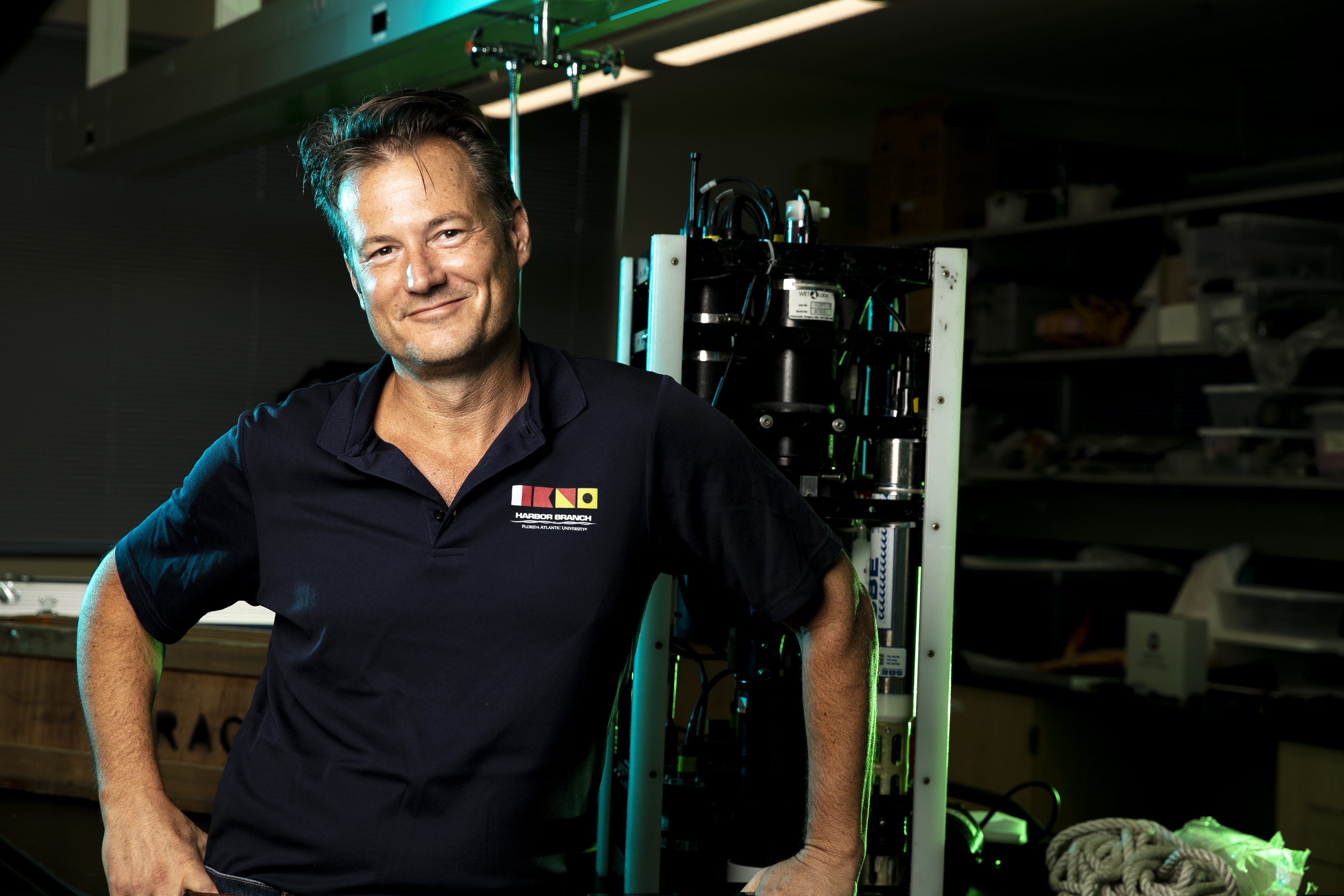In APL Materials, researchers have developed a bioelectrical sensor that is convenient and low-cost. The sensor measures electromyography signals that are generated in muscles when they contract and are useful for studying muscle fatigue and recovery, and they have the potential to inform diagnosis and treatment of neuromuscular diseases. The biosensor, made of silver paste with a layer of gold nanoparticles on top, is directly integrated onto a piece of clothing. The result was a detector that was both conductive and nonirritating to the skin.
Tag: Sensor Technology
ECS Announces Search for New ECS Journal Editor-in-Chief
Pennington, NJ – The Electrochemical Society (ECS) seeks nominations for the founding Editor-in-Chief (EIC) of ECS Sensors Plus, a new journal being launched in 2021. The EIC, together with the Editorial Board, ensures the smooth operation and success of the Journal. Nomination submissions are accepted as of May 18, 2021, via the EIC Sensors Plus Nominations Form (available as of May 18) and must be received by June 17, 2021.

FAU Lands $11 Million from U.S. Office of Naval Research for Oceanic Bioluminescence
FAU’s Harbor Branch Oceanographic Institute has landed an $11,179,001 four-year contract from the U.S. Office of Naval Research to develop a next-generation, high-intake, compact, bathyphotometer sensor for natural oceanic bioluminescence assessments. Bioluminescent creatures are found throughout marine habitats and their “glowing” energy released from chemical reactions is used to warn or evade predators, lure or detect prey and communicate with the same species. Research surrounding bioluminescence will soon serve as an important tool to protect U.S. coastlines.